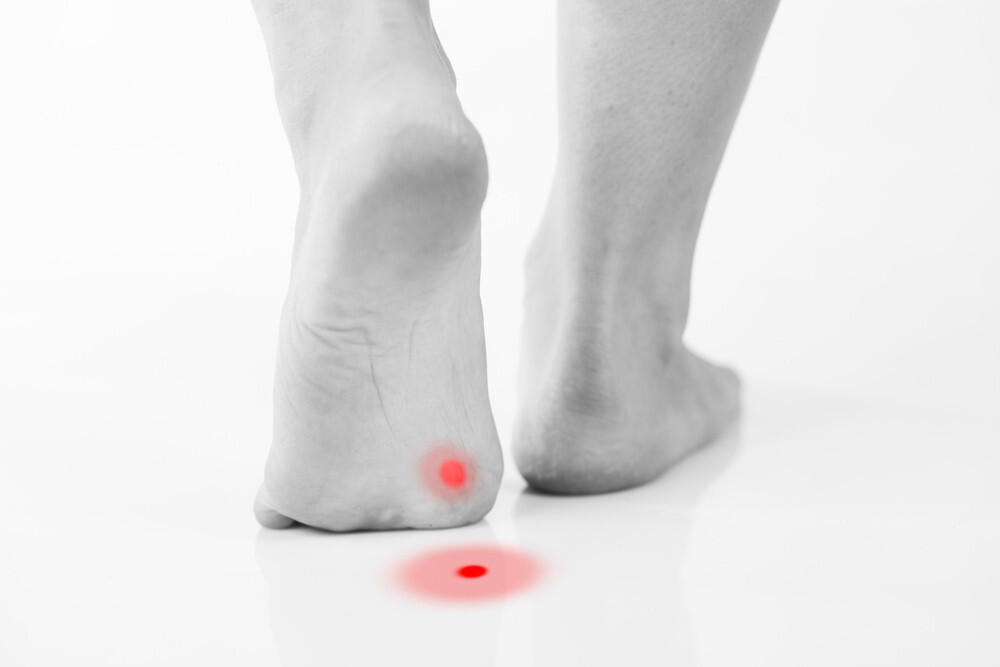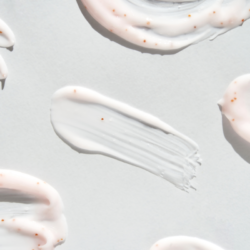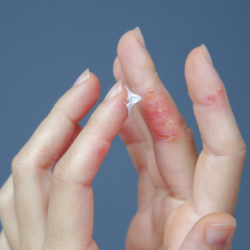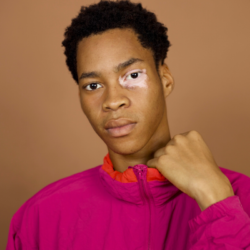A wart is a small benign skin tumor that can develop on almost any part of the body, mainly on the hands: common warts, under the feet – plantar warts, on the genitals and the face.
We now know that they have a viral origin (more than 70 different viruses generally belonging to the family of HPV or human papillomavirus – papillomavirus) and that there is a large variety, depending on their location or the age of the patient. topic.
In most cases, the body develops its own defenses against the viruses responsible, and warts go away on their own. In extreme cases, it may be necessary to see a dermatologist or surgeon.
The different types of warts:
Warts are extremely common in the population; and affect all ages. However, they are generally more common in children than in the elderly.
- Common warts:
Relatively common, they are localized mainly on the dorsal surface of the hands and fingers, but are however rarely palmar.
- Filiform warts:
Narrow and elongated in appearance, it sits mostly on the face near the hair and shaving areas.
- Flat warts:
They mainly affect young children and adolescents, can persist from several months to several years and often disappear spontaneously.
- Palmar and plantar warts:
Plantar warts gradually dig into the flesh under the weight of the body and can be extremely contagious.
- Myrmecium wart
Myrmecia which is a lesion most often unique, well circumscribed, punctuated by blackish spots, and sometimes painful on the support.
- Mosaic warts
Mosaic warts which are localized on the soles of the feet, but also on the hands and on the periphery of the nails, and appear in the form of thickened patches of skin covered with multiple superficial non-painful lesions.
- Periungual warts:
An ulcerated or modifying periungual wart (around the nail) should be seen by a dermatologist in order to rule out skin cancer that may appear like a wart.
- Genital warts:
For warts that form on the genitals, they are actually genital warts or venereal adenoids. They are also called Crête-de-coq.
What exactly are warts?
Skin warts are caused by human papillomaviruses (HPV). These viruses often escape the immune system and produce small benign tumors. Despite spontaneous regression of the lesions in many cases, patients are seeking treatment. The therapies are many and varied.
The global prevalence of human papillomavirus (HPV) infections has been estimated at 660 million people by the World Health Organization. When the skin epithelia are infected, the lesions most often manifest themselves in the form of warts, benign growths of the skin formed by intense proliferation of the cells of the dermis, which can take on various morphological aspects and are localized mainly on the extremities of the body and on the skin. the face.
Some naturopathic tips to prevent the risk of developing warts:
- Avoid walking barefoot in public places and avoid hot and humid floors:
This will prevent contact with the papilloma virus responsible for the appearance of warts. At the pool and at the beach there are sandals provided for this purpose, and of course flip flops can do just as well. In other places, get into the habit of always wearing shoes or sneakers, especially in gyms.
- Use your own bath towel:
If someone has a wart in your home, remember not to use their towel because warts can also be transmitted by indirect contact
- Remember to wash your hands:
Washing your hands regularly helps prevent warts from forming on your fingers. And for those who have a bad habit of tearing off the small skin around the nails, care should be taken to stop this activity because the papilloma virus loves to take advantage of microlesions like these to infiltrate and incubate.
- Do you regularly scrub your feet:
The scrubs could prevent viruses from entering and thus ward off warts. They also help prevent cracked feet and drought.
70 to 80% of sexually active people would experience it. Human papillomavirus (HPV) infection is a very common sexually transmitted infection, affecting both women and men and is the source of several types of cancer.
Medicinal plants and warts:
- Fresh Celandine:
Pick a celandine flower and use the juice from the stem to brush the wart with it. The juice is antibacterial and antiviral and can only be used externally and directly in local application.
In low dose cutaneous application using a cotton swab on the wart.
Cedar is an interesting plant because of its antiviral and keratolytic properties. Its action is both virucidal and cytostatic.
Using a cotton swab, place a pure drop of Thuja mother tincture on the wart, taking care to target the lesion.





